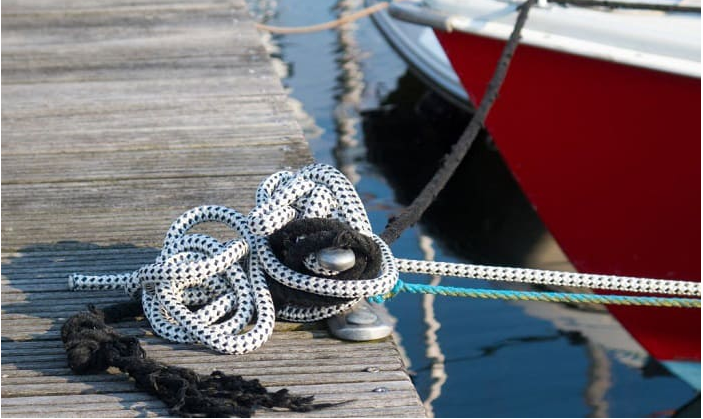A little practice and experience will make tying up your boat to a dock easy. Properly tying up a boat at a dock will not only make it secure-it can't float away-but will also keep it protected from damage and prevent it from damaging other boats. Marine Towing Fort Myers provides all types of marine-related services.
Here's how to tie a boat to a dock
Consider wind direction and currents when planning your approach.
You should always start by throwing a spring line to someone on the dock.
Forward of the boat, tie a line between the bow cleat and a dock cleat.
A dock cleat angled aft should be used to secure the spring line.
From the boat's stern cleat, attach a line to the dock cleat behind it.
Prior to pulling up to a dock or slipping into a slip, consider how you will secure the boat. If you are in tidal waters, look for watermarks on pilings, which will tell you if you are near high tide or low tide, and take a look at the wind direction (look for flags if you are unclear about the direction of the wind, and how water moves around pilings as an indication of current). Prepare your dock lines, fenders (soft vinyl bumpers), and crew instructions before approaching the dock or slipping.
Three lines can be used to tie the boat to a dock, such as a fuel dock, in any situation.
Ensure that someone on the dock can hold your boat in place by throwing a spring line (attached to the cleat in the middle of the boat).
From the bow cleat, secure a line to a dock cleat.
Attach the spring line to a dock cleat angled aft, toward the back of the boat. As a result of these two lines, the boat will not move fore and aft.
From the boat's stern cleat, attach a line to the dock cleat behind it.
An angle in the lines (called a breast line) allows the boat to react to waves, wakes, or changing tides by moving up and down.
Placing a boat on a slip
It is usually best to tie up in a slip flanked by docks or to an end dock and pilings with four lines.
Whenever you back into the slip, attach a line to each stern cleat on the boat and cross it over the dock cleats.
Make sure the bow lines are secured to the dock cleats or pilings on both sides of the boat. As a result, the boat will be secured in each direction and be able to rise and fall with enough lines.
If the dock is not floating and you are tying up at either high or low tide, you may need to adjust the lines.
Tieing up to a floating dock, of course, will cause it to rise or fall with the tide.
The cleats and hitches
The cleat is a horn-shaped piece of hardware that's attached to both your boat and the dock. Never secure a dock line to another part of your boat, such as a railing, windshield frame,, or passenger grab handle. Only the cleats are secured through the deck with hardware that is strong enough to hold the boat.
Most boats have two stern cleats, two cleats in the middle (sometimes called spring cleats), and two cleats at the bow. A cleat may also be present at the peak of the bow. The bow cleat and the stern cleat may share two cleats on larger boats. Boat tie-up is typically done using these cleats to secure the vessel to a dock or another stationary object.
One end of a dock line usually has a loop. Pass the loop through the center of the cleat and then back over the horns of the cleat, working towards the boat. The other end of the line is secured to the dock cleats with a cleat hitch. You tie a cleat hitch by passing the line once around the cleat's base, then making two turns in a figure 8 motion around the horns, before making a third turn with the line turned under itself. In this way, the line is secured.

